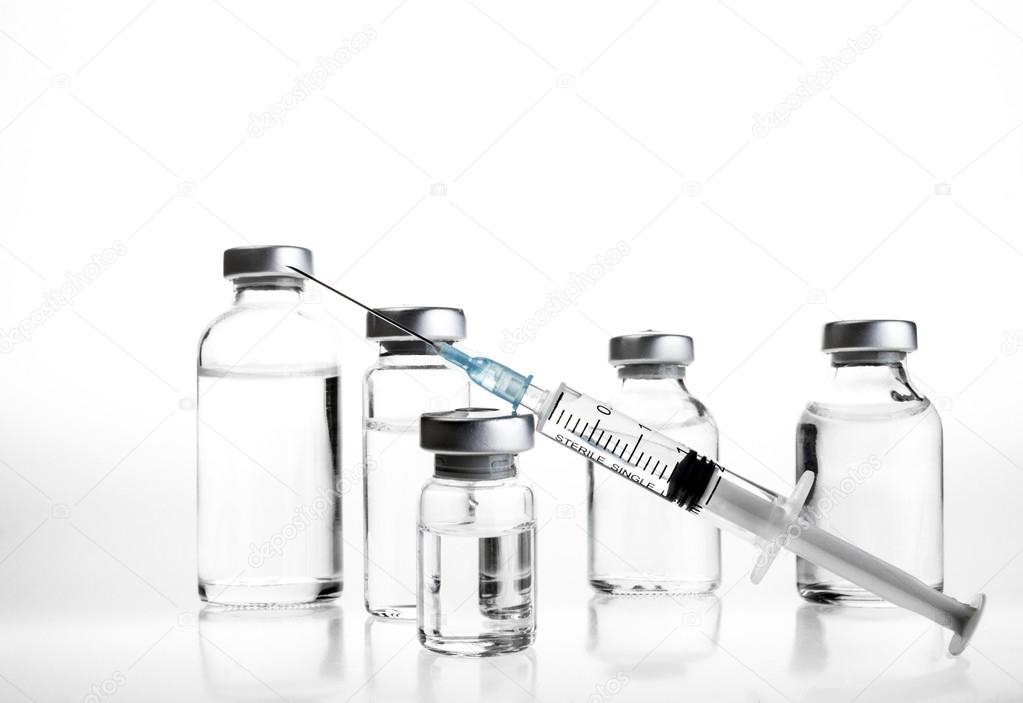Erectile dysfunction (ED) is one of the commonest disorders in adult males and affects 12–19% of men of reproductive age. Only few studies have evaluated the impact of ED on men and couples with infertility—these studies report higher rates of ED in this sub-group of men compared to the general population, with the prevalence of ED in men diagnosed with male infertility ranging from 6.7 to 61.6%. Nevertheless, ED is considered a rare cause of male infertility, accounting for about 0.4–5% of all causes of male infertility. ED remains a poorly treated condition globally and current therapies, like oral medication, offer only temporary symptomatic relief and do not influence disease progression—patients are potentially on lifelong treatment, with ED worsening over time. In contrast, regenerative medicine may potentially reverse or halt the progression of ED processes.
Erectile dysfunction (ED) is one of the commonest disorders in adult males, affecting an estimated one in five (4.3 million men) across the United Kingdom (UK). By 2025, 322 million men worldwide will be affected by ED, with prevalence estimates reported as up to 48%. This prevalence increases with age, from 5% in men aged 20–39 years to 70% in men aged >70 years. There are a multitude of causes of ED, including psychogenic and organic causes which are extensively discussed elsewhere. ED manifests due to reduced penile arterial blood flow, nerve and endothelial dysfunction.
Despite this high prevalence and its association with many conditions, ED remains a poorly treated condition globally. ED imposes a significant quality of life and economic burden on men and their partners. A meta-analysis (n = 22,527) revealed that ED increased the risk of depression by 192%. Partners of ED patients are significantly impacted due to relationship difficulties and sexual dissatisfaction. In addition, men with ED had significantly higher rates of absenteeism and work productivity impairment compared to men without.
ED affects 12–19% of men of reproductive age. Only a few studies have evaluated the impact of ED on men and couples with infertility—these studies report higher rates of ED in this sub-group of men compared to the general population. Possible explanations for this observation may be the psychological disturbances associated with both conditions (anxiety and depression), decreased general health status and the use of medications to treat underlying health conditions. The prevalence of ED in men diagnosed with male infertility ranges from 6.7 to 61.6% in large cohort studies. Despite this high prevalence of ED in men experiencing infertility, ED is considered a rare cause of male infertility, accounting for about 0.4–5% of all causes of male infertility. ED can impair fertility through absent erections, insufficient erection for penetration, and reduced frequency of sexual intercourse. Male infertility itself may be the cause of the ED by its negative impacts on sexual, psychological and marital life, including the impact on female sexual function.
Current therapies to treat ED include oral PDE5i medications, intracavernosal injection or intraurethral applications of vasodilators (e.g., alprostadil), vacuum erection device, and ultimately if the aforementioned fail, penile prosthesis implant. However, these treatments offer only temporary symptomatic relief and do not influence disease progression—patients are potentially on lifelong treatment, with ED worsening over time. Side effects from oral medications affect more than 16% of men, and more than 50% of men stop using oral tablets due to adverse effects, interactions with other medication, and variability in effect. As ED progresses, fibrous tissue replaces smooth muscle in the penis, rendering it inelastic and unresponsive to medication. Although penile implants do offer a long-term solution for ED, it is a treatment usually reserved for end stage ED, and does not treat or reverse the underlying pathophysiological mechanisms that result in ED. In contrast, regenerative medicine may potentially reverse or halt the progression of ED processes.
Platelet rich plasma (PRP) is an exciting biotechnology that has been shown to stimulate and accelerate bone and soft tissue healing. Hematologists used PRP in the 1970's to describe plasma with a platelet count above that of whole blood, which was used as a treatment for patients with thrombocytopaenia. A decade later maxillofacial surgeons started to use PRP and currently PRP is used in a multitude of specialities—orthopedics/musculoskeletal injuries, cardiac surgery, plastic surgery, dermatology etc although admittedly with mixed results. PRP acts on cells to increase their numbers (mitogenesis) and stimulate vascular ingrowth (angiogenesis) and thus promote healing. This is because platelets do not only have haemostatic properties, but they also contain an abundance of growth factors (GFs) and cytokines that can affect inflammation, angiogenesis, and cell proliferation. These GFs and cytokines are released upon platelet activation—the most important GFs include vascular endothelial GF (VEGF), fibroblast GF (FGF), platelet-derived GF (PDGF), epidermal GF (EGF), hepatocyte GF (HGF), transforming GF beta-1 and beta-2 (TGF-b1/2), insulin-like GF (IGF−1, IGF-2), interleukin 8 and matrix metalloproteinases 2,9. Studies postulate that PRP injections may modify key pathophysiologic mechanisms leading to ED through anti- inflammatory, reparative, neuroprotective and neurotrophic effects.
In this article, we provide a brief overview of what PRP is, how it is obtained and how it may be administered in ED. We also review the literature and consider the current evidence base for its use and make suggestions for future studies.
Reference Link: https://www.ncbi.nlm.nih.gov/pmc/articles/PMC9580815/




Leave a Reply